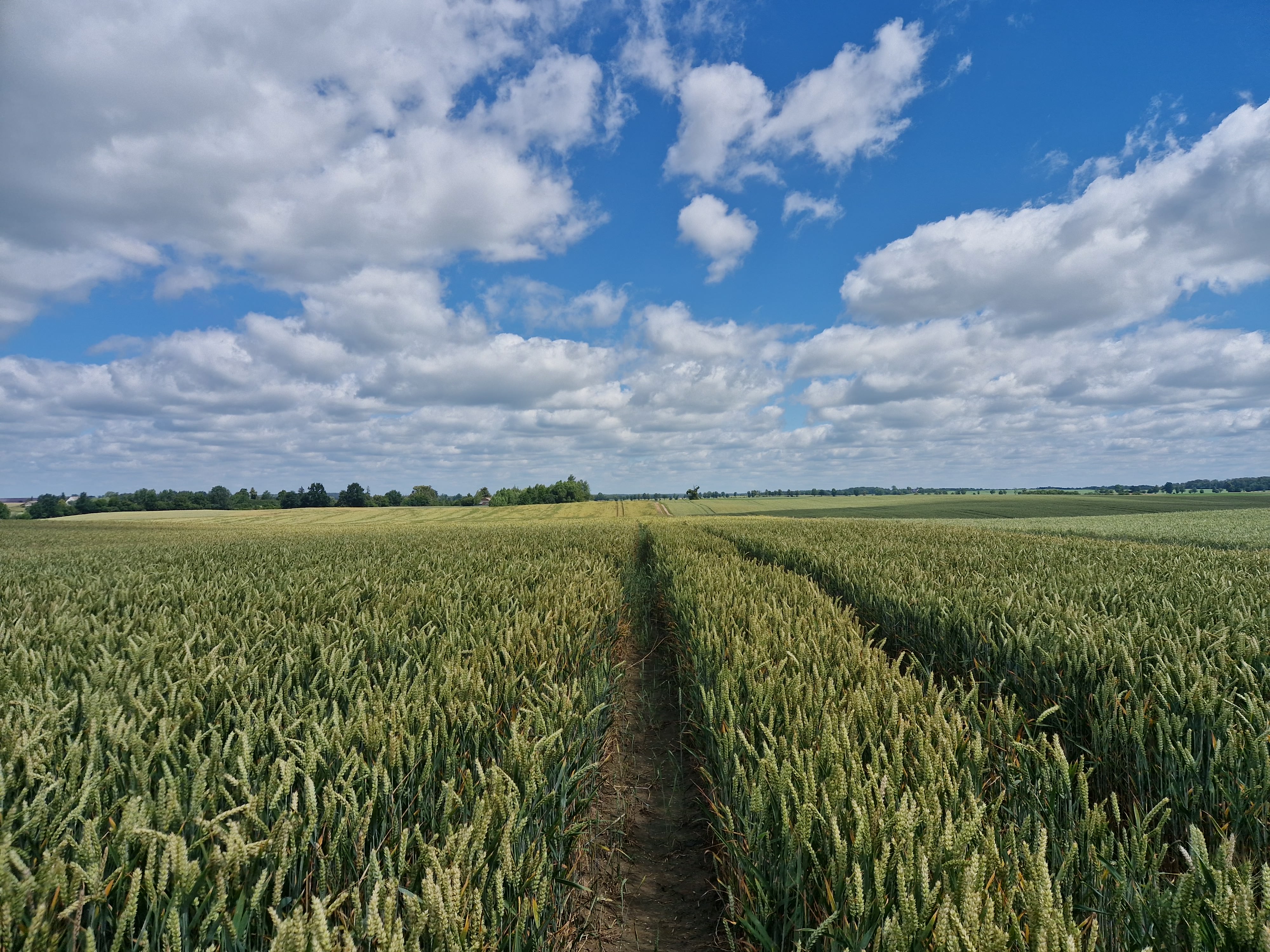No-till farming could represent agriculture’s best hope for tackling climate change, reducing the reliance on fertilisers and minimising land corrosion. But uncertainty, economic factors and resistance from the fertiliser industry have postponed the mass adoption of this soil management practice. With specialised financing solutions in their hand, many more farmers can adopt no-till farming to increase their profitability.
Here’s the good news: You can enjoy a range of ethical and economic benefits if you know how to implement this environmentally friendly form of farming correctly.
The process requires a few changes to conventional farming practices. But once you’ve made those changes, you’ll never look back. Here’s an overview of what’s required to implement a successful no-till farming operation.
Machinery Needed for No-Till-Farming
No-till farming could become one of the most economically viable options a grain farm can take. But to make it work, you’ll need a selection of specialized machinery.
The minimum requirements for switching to no-till farming are as follows:
- A Roller — A so-called crop killer that is used to turn the ‘cover crop’ into mulch
- A Broadfork — Loosens the soil to prepare it for planting
Depending on the crop grown in the field:
- A No-Till Planter — Evenly and consistently plants seeds without disturbing the soil
- Or a No-Till Seed Drill — Plants seeds at the correct positions and depths with exceptional efficiency
You may be able to secure green loans or financial incentives from the EU to make the switch to no-till farming. But if you’re starting from scratch and wish to keep costs to an absolute minimum, consider buying an all-in-one tillage machine.
We asked some of our existing clients how much they spent on equipment to switch to no-till farming. Based on their experiences and insights from equipment vendors, we estimated that a price-cautious farmer can shift to no-till farming with an investment of 60.000EUR if the farm already has a sufficiently powerful tractor.
In most cases, it all depends on the size of the farm and the equipment it already has. However, this number indicates that any farmer declaring more than 50 hectares of land can implement no-till farming without significant risk. In fact, all these farmers have increased their harvests, earned more, and saved a lot of money otherwise spent on fertilisers.
How Long Does the Switch to No-Till Farming Take?
Before you can start no-till farming, you must first restore degraded soil. And there are no shortcuts to take during this critical phase of the transition process.
Soil that has been regularly tilled over several years loses its aggregate stability, biodiversity and organic matter. Other issues to address include achieving the perfect soil acidity, easing subsoil compaction and removing surface crusting.
Rejuvenating soil that has been tilled for decades isn’t an overnight fix. But recent technological and methodical advances mean that transitions can now take place in as little as a year or two. And with the right financing behind you, this could be a game-changer for your sustainability credentials.
Sustainable agriculture isn’t easy, but the eventual rewards can make the temporary reductions in your yields well worth the wait.
What Skills Are Required to Make the Switch ?
No-till farming doesn’t involve ploughing soil in order to break up compacted soil and destroy weeds. Instead, seeds are ‘drilled’ down into the soil with precision — leaving the organic matter on the surface. Doing this reduces erosion and prevents carbon dioxide from escaping into the atmosphere.
A successful no-till farming operation will usually draw on several key skills. At the heart of the process is crop rotation, which ensures pests and diseases die out due to the resultant lack of food supply.
Another key skill is the cultivation of cover crops — used to increase nutrient levels in the soil and control weeds. Together with the correct equipment, fertilisation practices and pest control, these skills are crucial to any successful no-till operation.
No-Till Farming in Action
A slightly different approach to the one being taken in the US is the EU’s field–by-field approach. Other approaches involve the use of artificial intelligence and using natural ecosystems as the inspiration for sustainable farming.
Take Forest-Gardens in Bec-Hellouin, France, for example. This exceptional case of permaculture uses the most resilient features of natural ecosystems as its inspiration. Every crop and plant on the farm is carefully selected in order to create a harmonious growing environment. Designed to replicate a forest’s natural ecosystem, the ‘mini forest garden’ features shrub layers, ground cover and canopies.
The multi-cropping strategy used at Forest-Gardens in France promotes nutrient diversity and perpetual healthy growth. Across just 1.8 hectares, this no-till operation produces around 800 different crops. And according to the French National Institute for Agricultural Research, it was just as economically viable as a traditional farming operation of the same size.
Food production giant Danone has teamed up with Microsoft to make no-till farming more efficient with the use of artificial intelligence. Their regenerative agriculture scheme aims to protect soil, empower a new generation of farms and promote animal welfare — all with the help of AI software.
Switching to No-Till Farming Is Easier Than You Think
The noise surrounding the viability of no-till farming has been deafening over the years. Various organisations, experts and vested interests have raised concerns about the efficacy and profitability of the sustainable farming process. Switching to no-till farming requires only patience and commitment if you have the right guidance, equipment, and financing in place
With the help of HeavyFinance, the green loans farmers require are more affordable and accessible than ever before. Farmers now have access to cheap financing for the switch to no-till farming, so there’s never been a better time to make the transition to sustainable agricultural practices.



